Brain circuit signs flag preterm babies’ risk for autism
Infants born prematurely show alterations in the structure and function of their brain circuits — findings that may help explain their increased risk for autism.
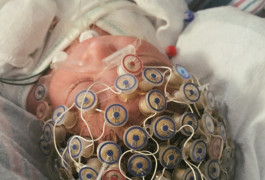
Infants born prematurely show alterations in the structure and function of their brain circuits — findings that may help explain their increased risk for autism.
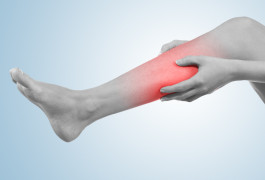
People with autism show abnormal brain responses when a painfully hot object is placed against their skin.
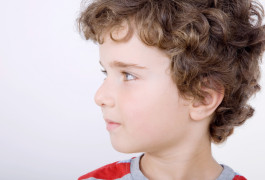
Following another person’s gaze is a task distinct from recognizing and reading faces.
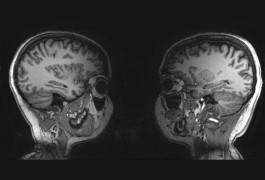
A brain scanner that simultaneously measures brain activity in two people holds promise for capturing social interactions and nonverbal communication.
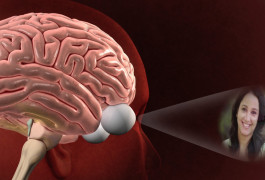
Lower activity in a key face processing region of the brain hints that people with autism could benefit from training to become ‘face experts.’
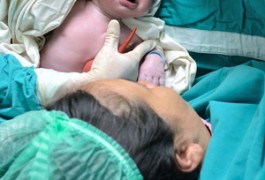
Contrary to previous findings, children born by cesarean section are not at an increased risk of autism, says a Swedish sibling study.
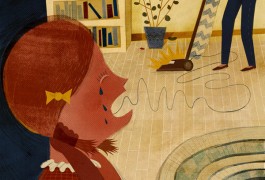
Difficulty processing sound distinguishes children with autism from those with sensory processing disorder, a catch-all label for sensory abnormalities, according to a new study. The results suggest that among children with sensory problems, the exact nature of the sensory problem determines the diagnosis.
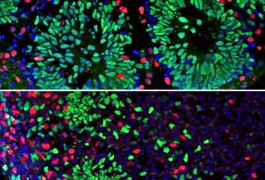
Balls of neurons derived from skin cells of four boys with autism show shared alterations in biology and gene expression, researchers reported today in Cell. The findings finger FOXG1, a gene involved in brain development, as a player in autism.
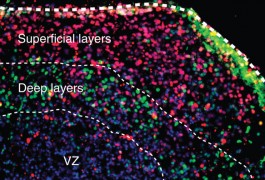
A new cell culture method allows researchers to easily transform skin cells into layered spheres of firing neurons.
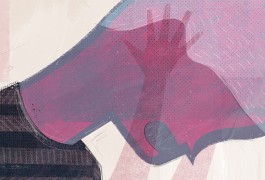
Some people with autism can tolerate extreme heat, cold or pressure and seem relatively insensitive to pain. Paradoxically, they may experience intense pain from idiosyncratic sources but struggle to communicate it.